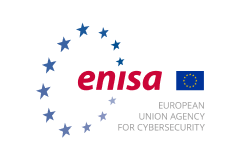Security guidelines on the appropriate use of qualified electronic signatures
This document addresses qualified electronic signatures and is one out of a series of five documents which target to assist parties aiming to use qualified electronic signatures, seals, time stamps, eDelivery or website authentication certificates…
Engineering Personal Data Sharing
This report attempts to look closer at specific use cases relating to personal data sharing, primarily in the health sector, and discusses how specific technologies and considerations of implementation can support the meeting of specific data…
Deploying Pseudonymisation Techniques
Pseudonymisation is increasingly becoming a key security technique for providing a means that can facilitate personal data processing, while offering strong safeguards for the protection of personal data and thereby safeguarding the rights and…
NIS Investments 2022
This report marks the third iteration of ENISA's NIS Investments report, which collects data on how Operators of Essential Services (OES) and Digital Service Providers (DSP) identified in the European Union’s directive on security of network and…
Security Economics and the Internal Market
Network and information security are of significant and growing economic importance.
The direct cost to Europe of protective measures and electronic fraud is measured in
billions of euros; and growing public concerns about information security…
National-level Risk Assessments: An Analysis Report
This report is based on a study and analysis of approaches to national-level risk assessment and threat modelling for cyber security which was conducted between April and October 2013. ENISA aims to provide an evidence-based methodology for…
Pagination






